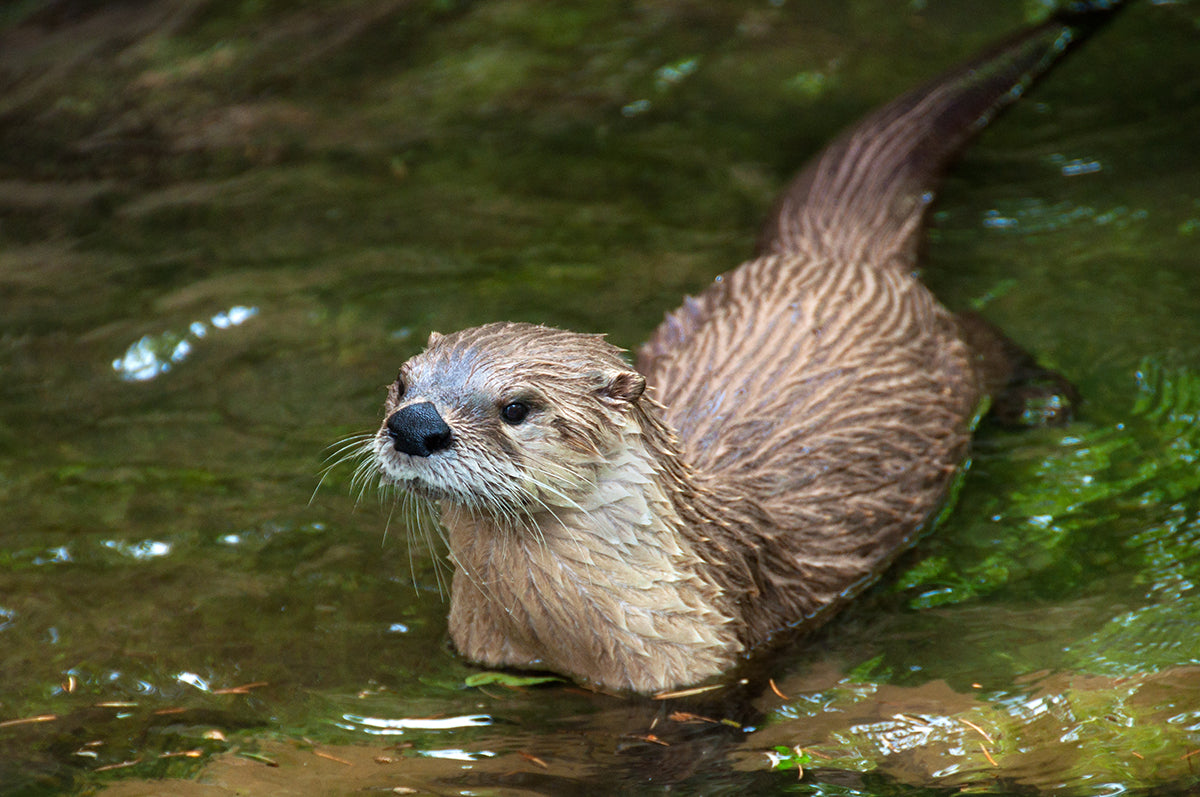Wildlife in the garden - Otters

Twenty years ago we would never have thought that otters (Lutra lutra) could be an occasional, if not common, visitor to gardens in the UK. Once on the decline due to pesticide effects in the 1970s, otter numbers have rebounded in recent years due mainly to safer pesticide use and conservation efforts. Surveys conducted between 1977 and 1986 showed no otters at all in the Severn Vale and Upper Thames areas but by 2010, otters were found in over 60% of sites surveyed. This trend has continued, with otter populations thriving in all English rivers with substantial populations also recorded in Wales and Scotland. The population for Great Britain is now estimated at 11,000 individuals.
Pond owners may already be aware of otters in the vicinity due to unexplained fish losses. We’ve become accustomed to guarding our precious fish against herons, but otters? The only other way to know of their presence is through actual sightings or capture on modern trail cameras with night vision capabilities.
Droppings, or spraints as they’re known, can often be spotted and identified due to a high proportion of fish bones, and for those brave enough to take a sniff expect it to smell sweet though still with an odour of fresh fish.
Famously, many will know about otters from ‘Ring of Bright Water’ the memoir by Gavin Maxwell, describing his life in remote coastal Scotland with his otter companion, Mijbil. Set within the beautiful Scottish landscape, Maxwell describes his deep connection with Mijbil and their shared adventures. Through encounters with nature and the local community, Maxwell enjoys the companionship, love, and the common bond between humans and animals.
The subject of otters is often divisive, bringing out strong emotions, especially with pond and fishery owners whose financial losses can be significant. Chickens too can be unsafe with otters around. Secure fencing is the most efficient way of separating them from any valuable stock and it should be noted that otters are protected under the Wildlife and Countryside Act 1981 and the Conservation of Habitats and Species Regulations 2017.











